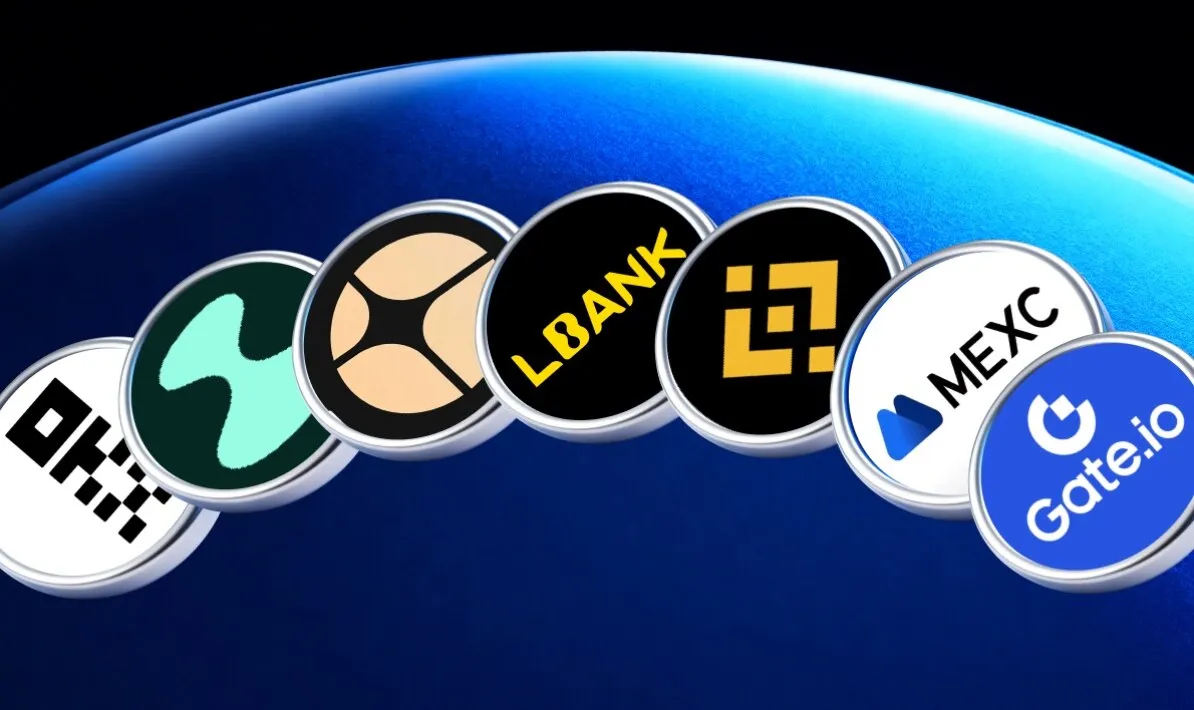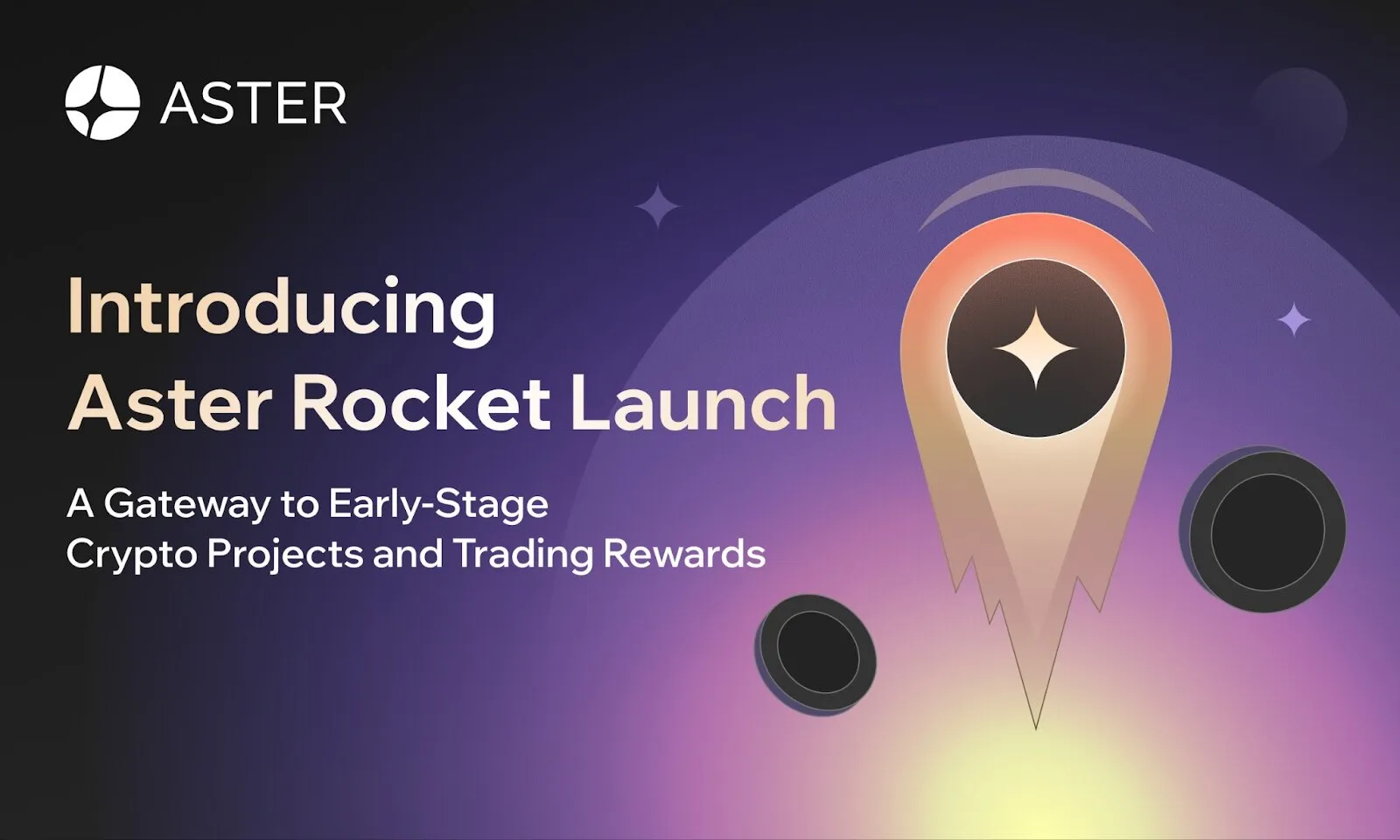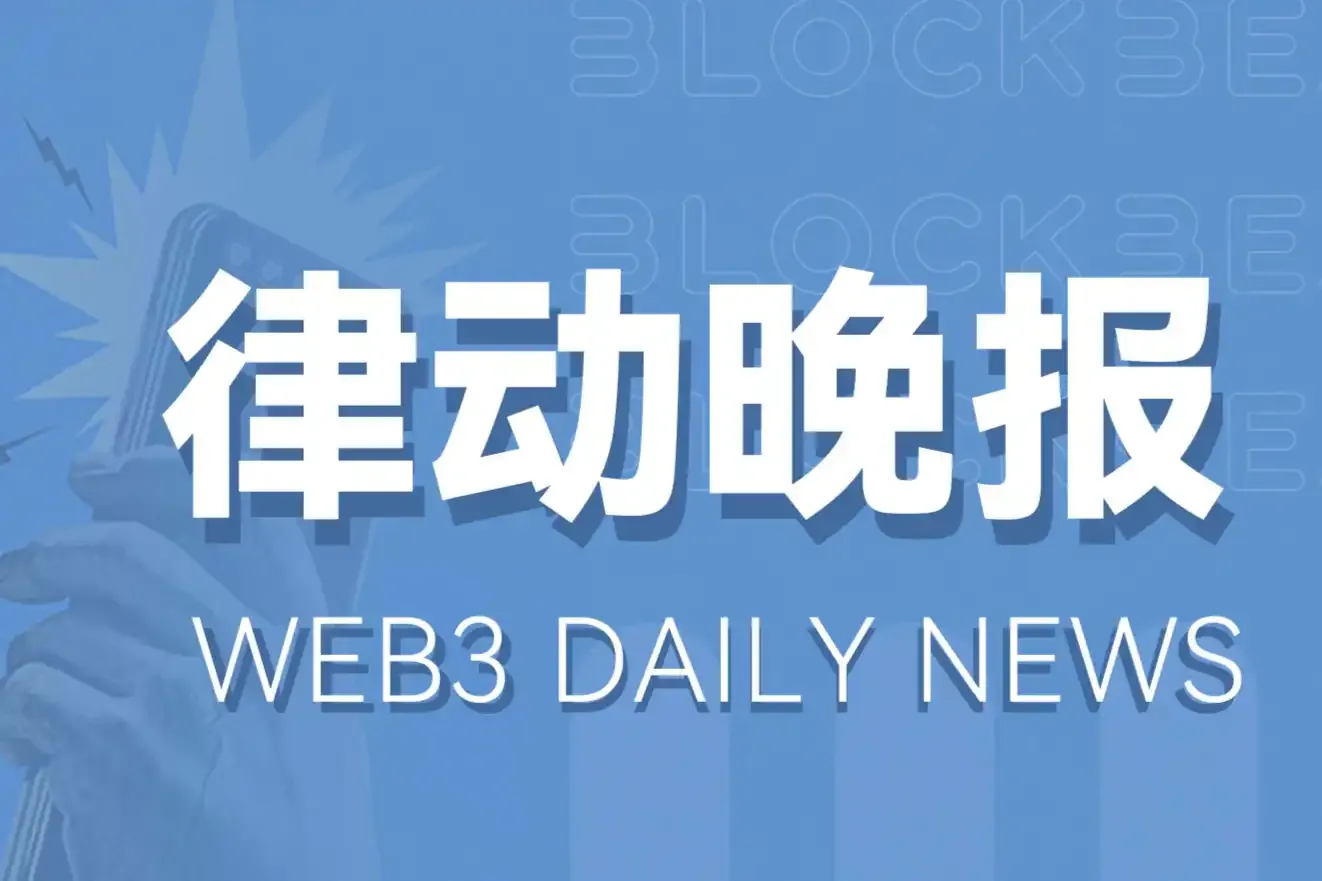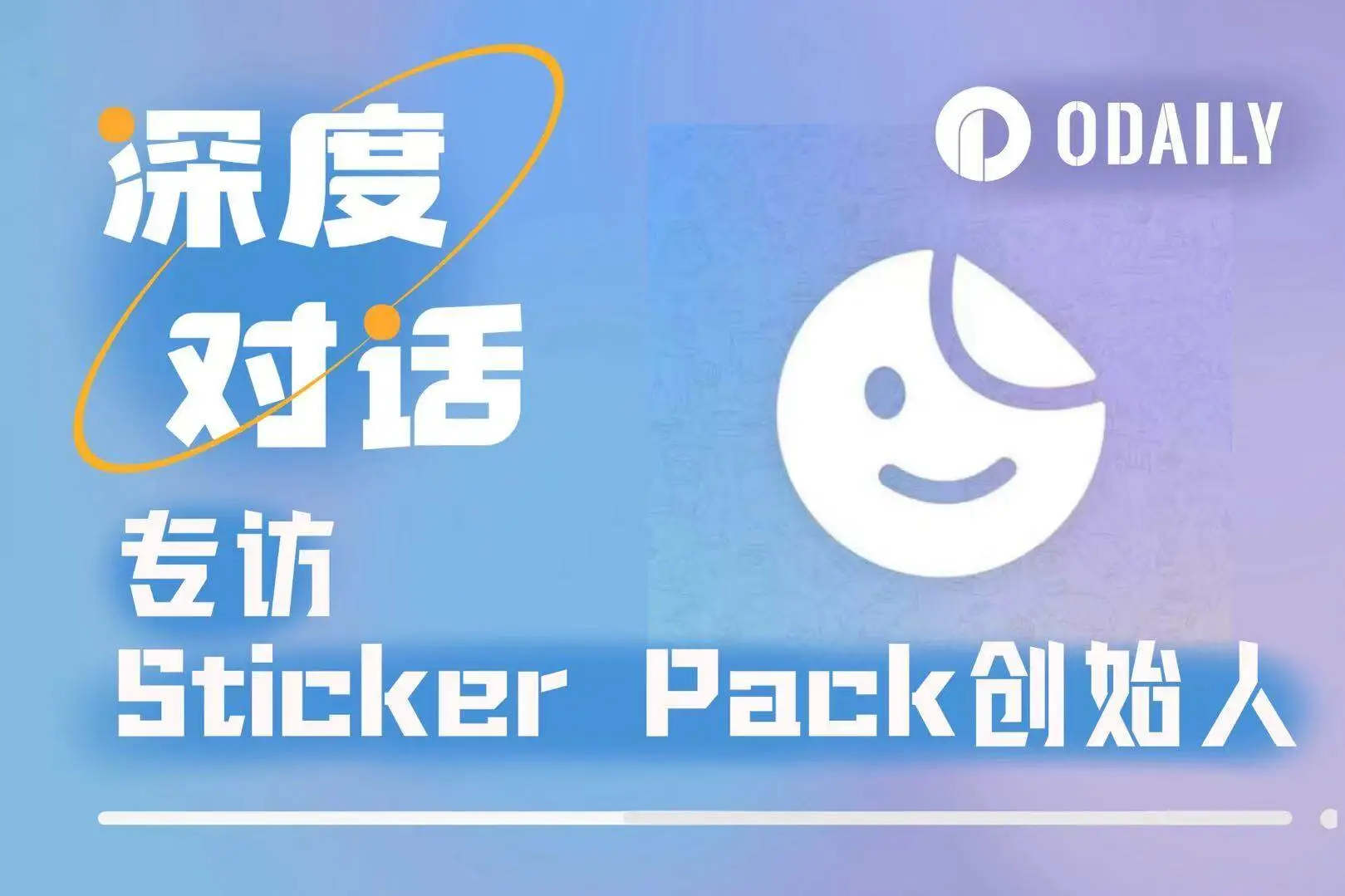2025 Shanghai Blockchain International Week and the 11th Global Blockchain Summit is being held today. Ethereum co-founder Vitalik Buterin delivered a speech titled "New Developments in Ethereum and the Future of Applications." Vitalik stated that blockchain and cryptographic technologies have made significant progress over the past decade, and the next five to ten years will usher in a phase of "truly usable, scalable, and low-cost" solutions.
The following is the full text of the speech:
Hello everyone, welcome to this blockchain event. In the past 10 years, the blockchain and cryptography industry has developed a lot. When blockchain technology first started, it was very early (stuttering), and now compared to the value proposition from ten years ago, it has greatly improved.
Today, the topic I want to discuss is to think about blockchain and cryptographic technologies. If blockchain and ZK, FHE, and all other technologies are scalable, secondly, developer-friendly, and thirdly, inexpensive, if these technologies have few drawbacks, what can we do with them? (stuttering)
In fact, there are many parts of cryptographic technology. On the left, there are two types, like parts that already exist in the world. The first is signatures, and the second is encryption. Encryption is the difference between APGB (phonetic) and ACBS (phonetic). You should remember that 20 years ago there was no ACBS (phonetic); this technology existed. But 20 years later, all websites, all apps, and all applications are based on encryption.
The first part of ACBS (phonetic) is encryption, and the second part is signatures. Why didn't we have this situation 20 years ago? Why do we have it now? It's because the cost of signatures and encryption is now almost zero. In fact, it’s not that the technologies of signatures and encryption (stuttering) didn’t exist 20 years ago; there were some important papers before 1976 and 1978, and later there was RSA (stuttering), which can be said to be the first modern signature and encryption algorithm.
Around the 1980s, (stuttering) starting in 1989, (stuttering) the function of digital signatures began. Around 1992, PCP (stuttering), and by 2015, this technology had become rich, ubiquitous, and so cheap and simple that we no longer need to think about the drawbacks of this technology.
In the last ten years, I have started to work on some new cryptographic technologies in the field of cryptography, one is zero-knowledge proofs (ZK), and the other is homomorphic encryption (HE).
In one second, you can prove about 2 million hashes, with high technical efficiency and increasing security, providing a particularly good developer experience.
Homomorphic encryption technology has the potential to improve by ten times between 2023 and 2025 (stuttering). We now also have Blocks, which help secure L2 scaling, and there are currently six Blocks, with plans to reach 50 Blocks in the next two to three years.
On L2, this year we have increased from 30 million to 45 million, but we plan to continue to increase it, possibly by ten times or a hundred times. You might think this technology is very low-cost, and the developer UX has become very good. Blockchain has also made similar progress. What is the result? If you are thinking about ZK technology now, you might wonder why we need ZK? Can we avoid the need for ZK? Many times with blockchain, it’s the same question: why do we need blockchain, and can we avoid the need for blockchain? This technology is very new.
Five years from now, I guess many people's attitude towards new blockchain ZK technology will be: why not add ZK, why not add blockchain? Ethereum has a huge impact in the short term. Now we have a plan; you can visit the Ethereum website, where you can see many ZK EVMs that are now proving Ethereum L1 in real-time. This was completely impossible two years ago; two years ago, everyone thought it might take five years or ten years to achieve. But now it can be done (achieved), with about 50 GPUs that can prove almost all Ethereum blocks in real-time, not 30 million, but 45 million. So when we scale in the long term, we can also create a more scalable and more decentralized network. Why? Because we do not need every node to process all transactions in the blockchain; we can also use most nodes to prove with ZK, and verification can be done in a millisecond, which is particularly fast.
ZK also has the advantage of privacy, so this year we can have a project slogan where we think about all aspects of Ethereum privacy, including on-chain transaction privacy, off-chain (transaction) privacy, and various applications. All of this can now be done. Two years ago, we could do a little, but now we can do much more than before. Another important issue is the relationship between cryptography, blockchain, and hardware. In the blockchain field, we have a saying: "Not your private key, not your coin." If you do not control the wallet's private key, your private key is controlled by someone else, and if it is controlled by someone else, you cannot verify whether your coins are secure. In 2023, we will add another saying: "Not your silicon, not your private key." Because everything done in the blockchain relies on cryptography, and cryptography relies on private keys. Algorithms need to run in hardware and be stored in hardware. If you cannot trust your hardware, you cannot trust everything that happens on that hardware.
In fact, many fields have this problem. Blockchain has digital assets and digital identities, but IoT also has this problem. If all devices have a computer inside, how can you trust it? Healthcare also has this problem; privacy in the healthcare field is also very important.
We recently started an interesting project. If you play DeFi Coin (phonetic) or Singapore's DXR (phonetic), you might see a small device that can show you air quality, carbon dioxide levels, and many different indicators. Such devices help us better understand what is happening in the air, so healthcare is very important. But there are also significant privacy issues. Ten years or twenty years from now, the information known in the physical world may be a thousand times more than what we know now. How can we protect privacy? How can we ensure security? So what we are doing now is creating future versions of devices that will incorporate cryptographic technology, allowing us to know what we want to know from the data while not exposing the privacy of every individual and every location. ZK is very useful.
First, we know that cryptography is very important, but now we find that cryptography is truly usable. Second, open-source and verifiable hardware is also important. In fact, the blockchain field shares similar language with many other fields. In all the areas I just mentioned, there has been a lot of development. How can you participate?
I think there are three answers:
First, entrepreneurship. Now you can create or support some applications using ZK, FHE, and blockchain to create ZKID applications.
Second, research and optimization of underlying cryptographic technologies. The Ethereum Foundation has a Lean team with many collaboration opportunities; everyone can reach out to the Lean team.
Third, you can use current technology-based applications, such as Scroll, taiko, lighter, intmax, aztec, etc., as well as some ZK voting applications, like zkpassport, which has existed for about two years. Aragon announced earlier this year that it would use ZK voting, along with some wallets. There are now many ways to participate in these fields.
I think the questions we should consider five or ten years from now are that many technologies like HTTPS will use signatures, encryption, and other simple cryptography, but you may not know they have these technologies. These technologies are particularly convenient and can be used directly without thinking about costs or user issues. If ZK quickly scales blockchain, like L1, L2, and FHE can also reach this level of efficiency, then everything will be resolved. If it can be realized, what can we do with this technology? The answer is not simple; it requires starting experiments now. Every year we can create more applications, and we will learn a little more each year. I am very happy to participate in the process of technological development with all of you and hope to continue participating together.
免责声明:本文章仅代表作者个人观点,不代表本平台的立场和观点。本文章仅供信息分享,不构成对任何人的任何投资建议。用户与作者之间的任何争议,与本平台无关。如网页中刊载的文章或图片涉及侵权,请提供相关的权利证明和身份证明发送邮件到support@aicoin.com,本平台相关工作人员将会进行核查。




